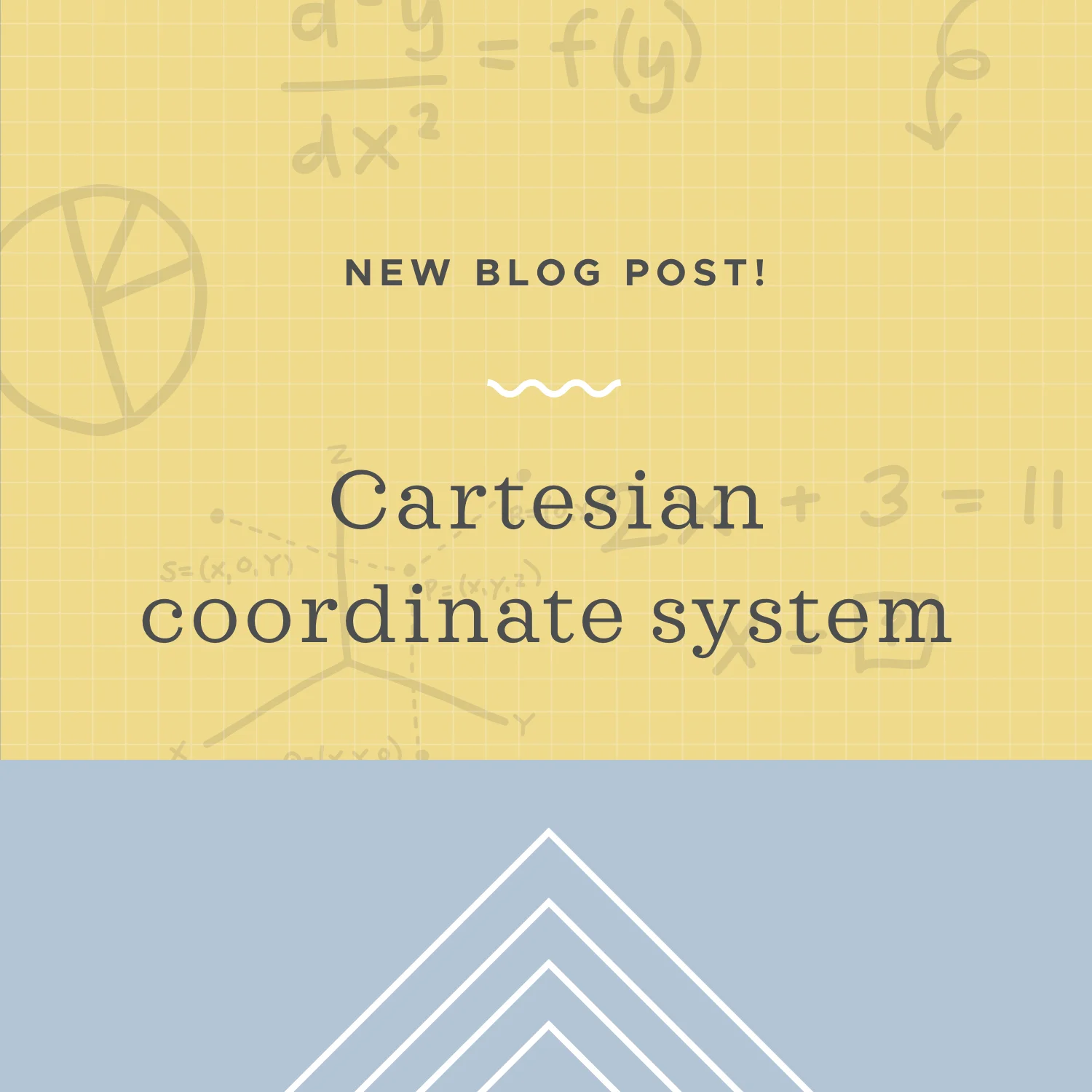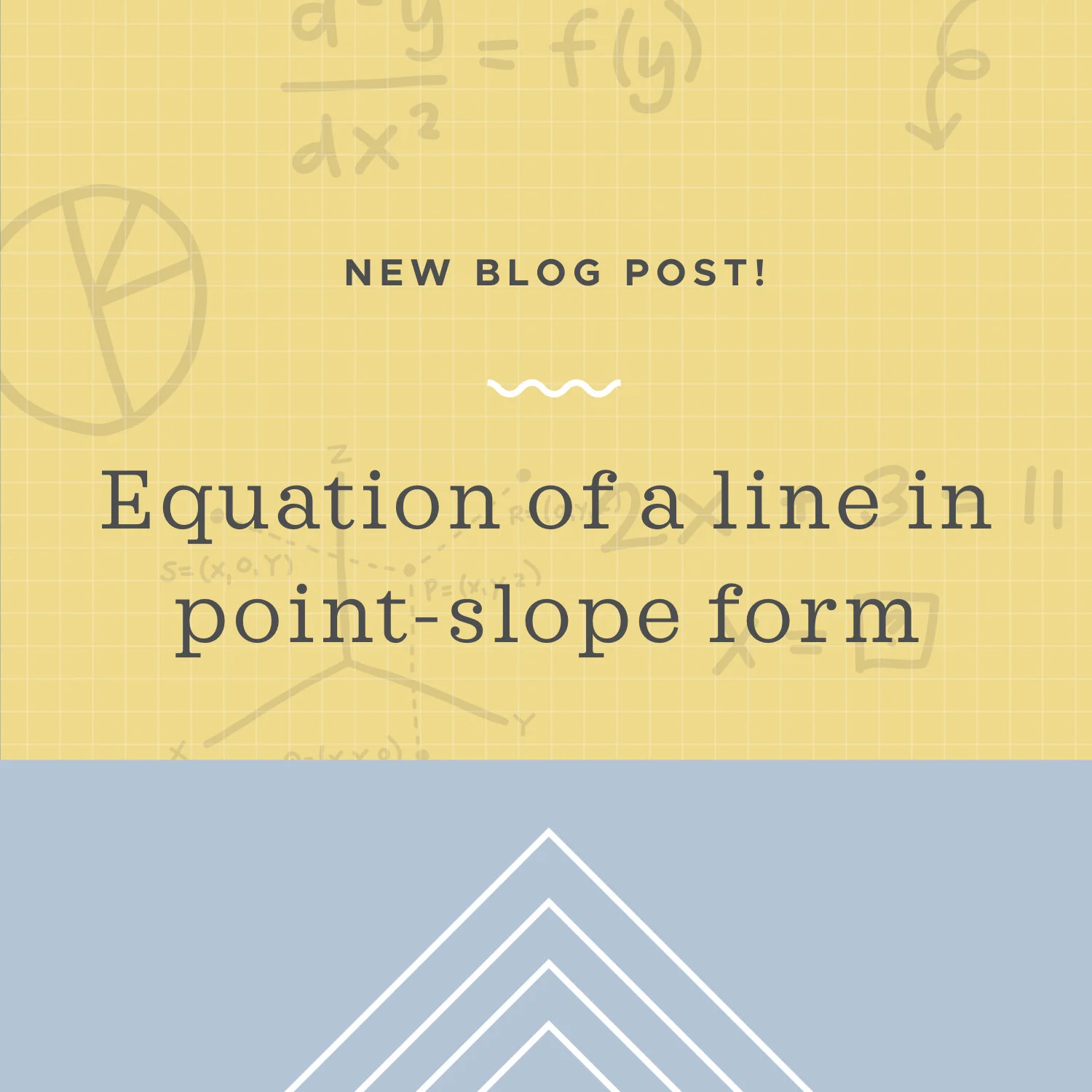Symbols of inclusion group terms together. You’re most familiar with parentheses as a symbol of inclusion, but there are others. Symbols of inclusion are symbols like parentheses, brackets, braces, absolute value bars, and division.
Read MoreFirst remember that the distributive property is a method you can use to simplify expressions and to multiply the term outside of the parentheses by each term inside the parentheses. It’s the same thing with fractions, just remember to multiply the outside numerator (top) with the numerators of the terms inside parentheses and the outside denominator (bottom) with the denominators of the inside terms.
Read MoreThe distributive property is a method you can use to simplify expressions, especially when there are variables. To distribute, multiply the term outside of the parentheses by each term inside the parentheses. For instance the distributive property tells us a(b+c)=ab+ac and that a(b-c)=ab-ac.
Read MoreFunctional notation is a way of writing a function. Traditionally f(x) is how a function is written, but really any variables may be used. The function name is the f or the variable outside of parentheses and the variable used for input is x or the variable that’s inside the parentheses.
Read MoreThe Cartesian coordinate system is the structure we use to graph points in two dimensions. Something that has two dimensions is a surface. The Cartesian coordinate system (also called the Cartesian plane, or just “the plane”) is a flat surface (like the cover of a book) that extends forever in all directions.
Read MoreThink of the domain of a function as all the real numbers you can plug in for x without causing the function to be undefined. The range of a function is then the real numbers that would result for y from plugging in the real numbers in the domain for x. In other words, the domain is all x-values or inputs of a function, and the range is all y-values or outputs of a function.
Read MoreThe order of operations is the set of rules that you use to simplify expressions in math. PEMDAS or “Please Excuse My Dear Aunt Sally” are ways to help you remember the order of operations. The order of operations tells us to simplify expressions following this order: Parentheses (all symbols of inclusion), Exponents (powers and roots), Multiplication/Division (from left to right or divide first), then Addition/Subtraction (from left to right or subtract first).
Read MoreHow can you describe the relationship between two numbers? There are only three ways to describe this relationship, which is why it’s called the law of trichotomy (“tri” means three). The law of trichotomy says that two numbers can have exactly one of three possible relationships: 1) a<b, 2) a>b, or 3) a=b.
Read MoreWhat happens when you multiply or divide something by 1, or raise something to the first power? It stays the same. This is the premise of the “understood 1.” It’s the idea that we can always rewrite a variable x as 1x, or as x/1, or as x^1, without changing the value of the x at all.
Read MoreDid you know that you can add two different functions together? There are two ways to add functions. You can either input the value for x into each function and then add the outputs together, or you can add the functions together and then input the value for x and simplify.
Read MoreConsecutive integers are integers that are one number apart from each other. Integers are “whole numbers” that are either positive or negative, which means we’re not including fractions or decimals.
Read MoreThe slope of a line is how steep the graph of the line is, or the rate of change of the y-coordinates of the points of the graph as you go from left to right. In the equation of a line, slope is denoted by m. It’s not known why m is used, but you can think “m is for move” to help you remember it’s how fast the graph “moves” (changes).
Read MoreYou have two options for writing the equation of a line: point-slope form and slope-intercept form. Both of them require that you know at least two of the following pieces of information about the line: 1) a point, 2) another point, 3) the slope, m, or 4) the y-intercept, b (the y-coordinate of the point at which the graph of the line crosses the y-axis).
Read MoreAll functions are equations, but not all equations are functions. Functions are equations that pass the Vertical Line Test. In other words, in order for a graph to be a function, no perfectly vertical line can cross its graph more than once.
Read MoreWhen we talk about “even, odd, or neither” we’re talking about the symmetry of a function. It’s easiest to visually see even, odd, or neither when looking at a graph. Sometimes it’s difficult or impossible to graph a function, so there is an algebraic way to check as well.
Read MoreExcerpt
Read MoreIn this lesson we’ll look at how to graph linear inequalities on a coordinate plane. To graph a linear inequality, first graph the boundary line. The boundary line will be dashed if the symbol is < or >. The boundary line will be solid if the symbol is ≤ or ≥.
Read MoreThe key is that all the terms of the polynomial need to share the factor being taken out. Any factor that’s shared by all the terms is called a common factor, and the factor that consists of everything which is shared by all of them is known as the greatest common factor. Factoring is “un-distributing,” which means that we do the opposite of distributing and take out (or “factor out”) the same factor from each term of the polynomial (and divide each term by that factor to get “what’s left” once it’s taken out).
Read MoreInverse operations are operations that are opposite or “undo” each other. For example, addition undoes subtraction and division undoes multiplication. Inverse operations are useful when solving equations.
Read MoreEvaluating expressions means that you’ll be replacing or “plugging in” numbers for variables and then simplifying using the order of operations until you arrive at a single number. Sometimes you’ll be able to plug in the numbers without issue, but there are other times (when there’s multiplication, exponents, or when plugging in a negative number) where you’ll need to plug in the numbers using parentheses.
Read More





















